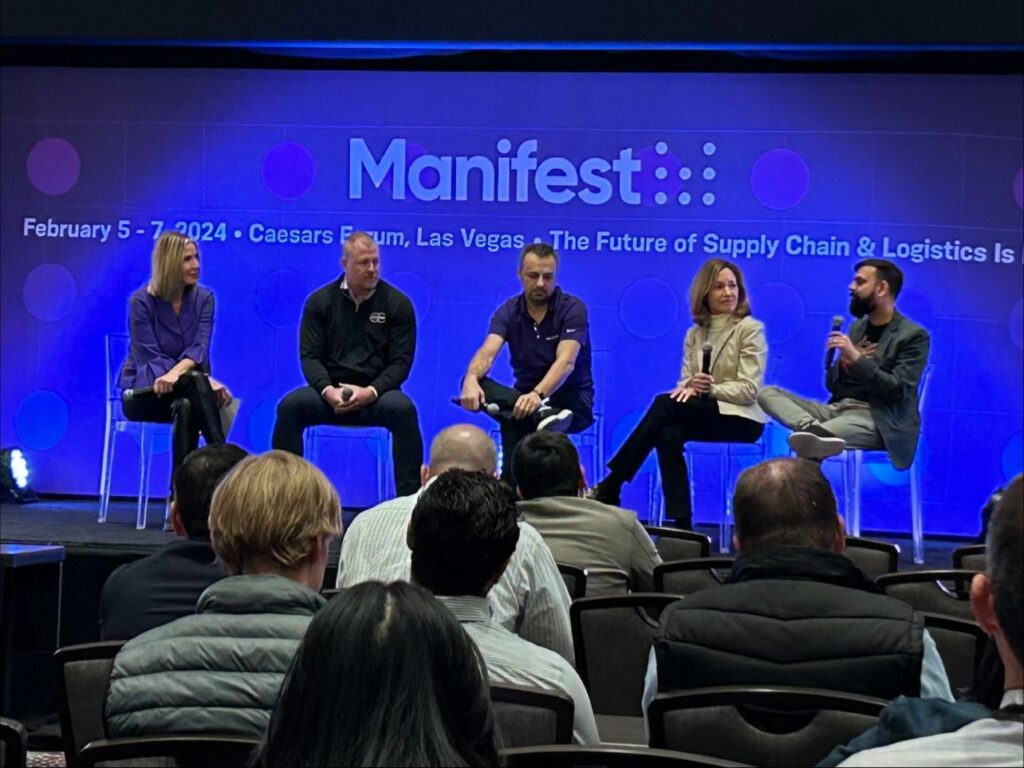The emergence of groundbreaking technology is always followed by the chattering of mouths and the clicking of keyboards as everyone tries to push out a perspective. Yet, among all the noise, there is little talk about how to best communicate changes.
When was the last time a day has passed since you haven’t heard the word ‘AI’ in conversation or read it in a LinkedIn post? Probably not since November of 2022. Yet, despite — or perhaps because of — all the chatter, most Americans remain anxious about how AI will change their lives.
The AI Index at Stanford University conducted a survey of global attitudes toward AI. One metric they used was for participants to rank the impact of AI on their society over the next twenty years, with 0 meaning mostly negative and 5 signifying mostly positive. The average American respondent replied 0.9. So, let’s just say Americans aren’t exactly thrilled about the proliferation of AI, at least not yet.
Only time will reveal AI’s effect on society, but this figure already makes it clear that the business people selling the public on a brighter AI-powered future are failing. That is because they were eager to talk about disruption while failing to show clear and specific benefits.
Understanding how to communicate the benefits of any company’s technology to its employees and customers properly would require many articles. This piece focuses on companies within the industrial sector as we just returned from Manifest where implementing AI and automation was a recurring theme.

Although the three lessons in this article can be applied to other industries, they are most important for leaders in manufacturing, supply chain, and logistics to understand because these industries have the most to gain from successful tech implementation while facing some of the biggest hurdles in convincing their employees.
Step One: Demonstrate appreciation of your employees
One of the largest fears of technological change is the threat that it poses to one’s livelihood. This fear is especially manufacturing, where the automation and robotization of processes have disrupted many aspects of factory workers’ careers. For that reason, the first step in making your workers eager to embrace tech implementation is to show them they are valued.
Hopefully, your company is already making every member of the team feel valued, as there are demonstrable benefits to the practice. Studies have shown that workers who feel like they are heard and valued by their employers feel empowered to perform to the best of their abilities.
Even if your employees already feel valued, there are additional steps you can take to reinforce this trust when implementing a new technology. For instance, you should emphasize that you understand the value that they add to the job cannot be replaced by any gadget but that it can be improved by introducing new technology.
Step Two: Demonstrate utility for your employees
The importance of technology being portrayed as a tool for workers and not a threat to workers ties neatly into the next point. Across sub-sectors within the industrials space, employees are used to doing things the way they were taught the so-called ‘right way’.
But when workers are given a clear explanation of how a technology works and how it can be used to make their jobs easier, they have adopted it with gusto. Take Gather AI as an example. The start-up uses AI-enabled drones to track and manage inventory in warehouses.
Its marketing strategy emphasized increasing the utilization of the current labor force by automating tedious, low-value tasks and allowing warehouse managers to focus on critical problems. Because of this, the technology has been rapidly adopted across its clients’ workforces.
Step Three: Show technology’s ROI to customers
Gather AI succeeded by understanding what would help warehouse workers. But, as a B2B company, they also understood what was most valuable for their clients. All the employee buy-in won’t matter if the technology you are developing is not tailored for whoever you are selling to, whether that is the end-consumer or another business, and communicating that value to them.
Logiwa is another AI-enabled software that helps employees manage inventory in warehouses. Part of why it has had strong performance is because it is clear about how its product helps warehouse managers. Its communication strategy gives clear percentages about how it has improved performance across productivity, task efficiency, and orders shipped within 24 hours.
In order to get the most out of your investment in technology, its implementation needs to be paired with a communication strategy that emphasizes the technology as a tool and not a threat. Doing so ensures your transformative plans will rise above the chatter.
